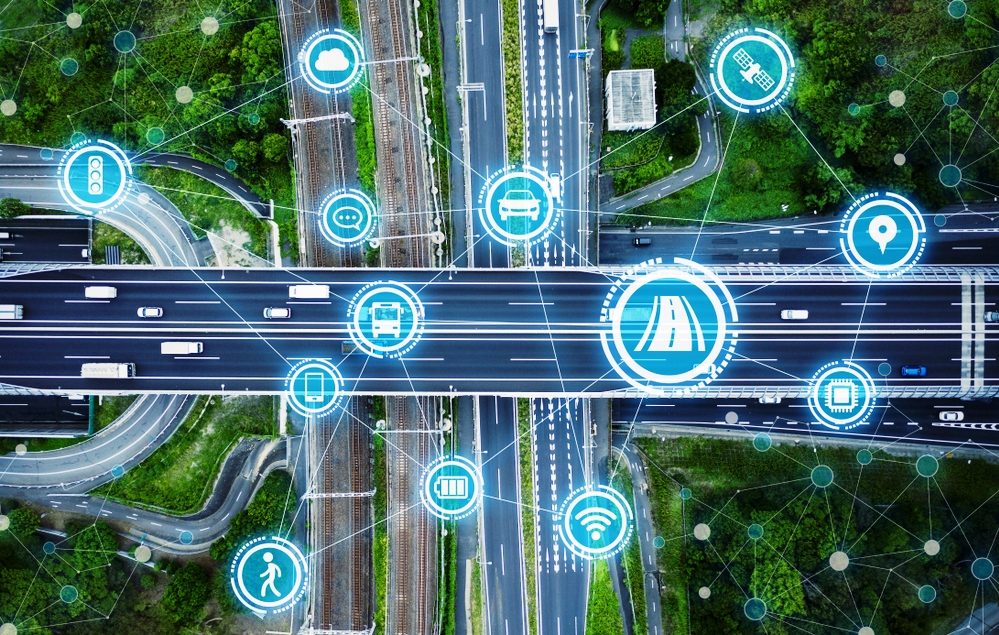Telematics has made a foray into the automotive industry. Automotive industries are embracing electronics in their vehicles and telematics is one of the additions. With the help of telematics, organizations can check and manage their vehicles, resulting in cost reduction and increased efficiency.
Data is present in every technology and even telematics is not immune to it. It uses data to enhance fleet performance. Different telematic solutions can gather and use various types of data.
Here’s a rundown of the different types of telematics solutions and the data they use.
Basic Datasets
Basic Datasets are the data logged during a single trip and are frequently collected by vehicle tracking solutions. What constitutes a trip may differ from one fleet to the next; for example, a carsharing company may consider one member’s use of the vehicle to be a trip, whereas a freight shipper may consider one cross-country delivery to be a trip.
There are also certain kinds of data that should never be missed during a trip such as the trip date, estimated departure and arrival times, total driving time, and distance traveled. These data are a must even if there is an absence of modern technology.
The information can then be easily verified and supplemented with technology, which can offer insights on the following:
- GPS timestamp
The start and end of the journey as determined by the GPS.
- GPS speed
GPS collected vehicle speed
- Vehicle status
Whether the ignition is turned on or off
- Odometer value
The miles covered by the vehicle on this trip and in total
- Power voltage
The amount of energy consumed by the vehicle
- Fuel consumption
The amount of fuel consumed by the vehicle
- Incidents
Unusual occurrences, such as power outages
Fleet management systems are dependent on accelerometer installation in every vehicle. An accelerometer is an electromechanical device that contains sensitive motion sensors and can provide fleet managers with the following information:
- Rapid acceleration
When drivers accelerate rapidly
- Rapid braking
When a driver abruptly halts a car
- Rapid cornering
When drivers do not decelerate sufficiently when turning a corner
This dataset is the absolute minimum that a fleet owner should collect to ensure that the performance of their vehicles and drivers is up to expectations.
Advanced Datasets
Fleet owners must invest in a more comprehensive telematics system to get more extensive information on the performance of the vehicle and the driver. Such systems will measure fleet activity very minutely, and track dozens of metrics to ascertain that the performance of the vehicle is at its optimal best during each trip.
These advanced datasets commonly contain the following types of data:
- Engine load
The engine’s torque output, or the amount of power produced by the engine
- Engine usage
The duration for which the engine has been running
- Fuel level
The quantity of fuel – how much has been consumed and how much more is remaining
- Engine fuel used
The amount of fuel consumed by the engine in its lifetime
- Accelerator pedal position
The position of the pedal in relation to acceleration and speed
- Cruise control
The active duration of the cruise control
- Ambient air temperature
The temperature of the air surrounding the engine, inside the cabin, and around the vehicle, among other things.
It will be best for fleet owners if their telematics includes information that can diagnose issues in a precise and swift manner. They will require access to the following types of data to do so:
- Fault indicator light
Whether the light illuminates or not
- Decipher diagnostic trouble codes
Reading the code and comprehending its descriptions and locations, as well as information on failure type, status, and severity
- Proprietary information
Reading similar codes specific to certain brands or platforms, which may include information on engine oil, brake fluid, exhaust gas test, and so on.
Conclusion
It is important to remember that as complexity increases, so does the need for experienced technicians to install and maintain the telematics technology, not to mention analysts to analyze the collected data. However, when used correctly, telematics can be extremely beneficial to fleets, their owners, and their users.




